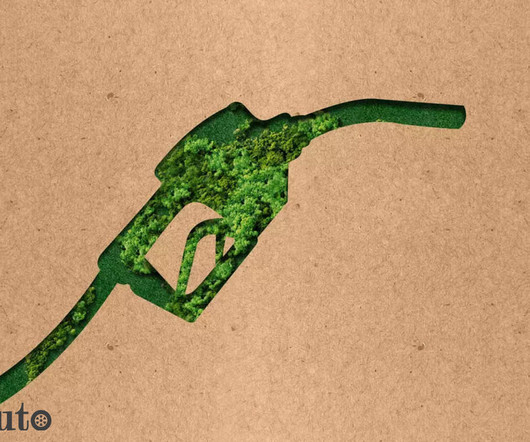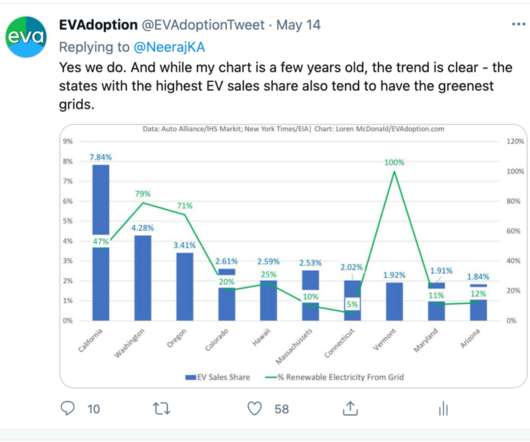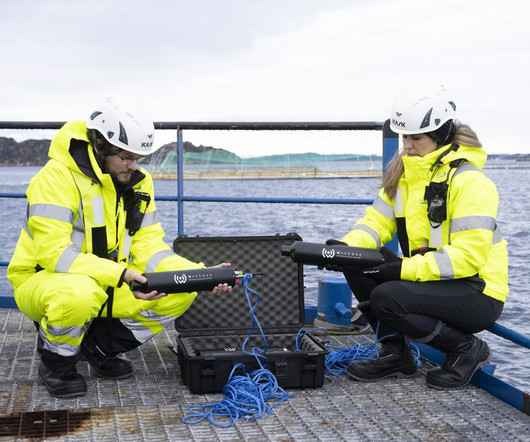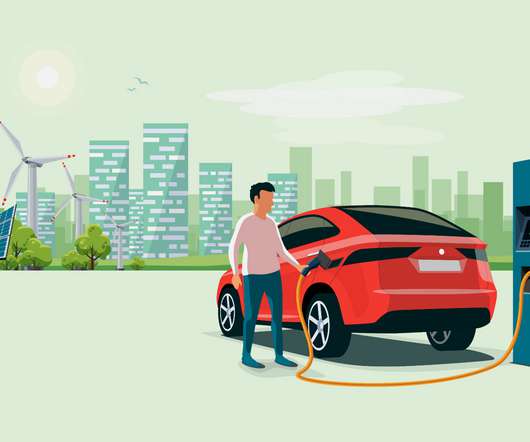MIT researchers propose mechanism for overcoming bottleneck in electroreduction of CO2
Green Car Congress
JANUARY 14, 2022
This article proposes a model that accounts for the modes in which aqueous gas depletion evolves over time and affects the long-term CO 2 electroreduction and the corresponding pH evolution near the electrode’s surface. Therefore, the extent to which H 2 is produced can be used as a metric to evaluate the efficiency of CO 2 RR.













































Let's personalize your content